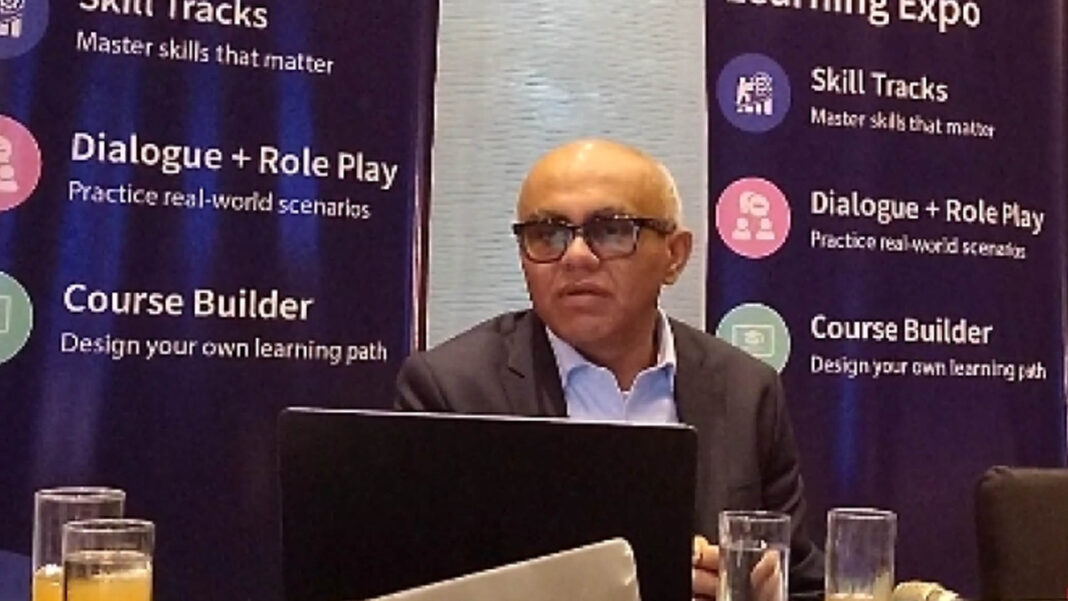The Philippine government is responding well to the continued technological innovation by including in its development plan policies for the adoption of artificial intelligence (AI) in its processes, an official of an online course provider said Thursday.
Citing a January 2025 jobs report of the World Economic Forum, Ashutosh Gupta, Coursera India and Asia Pacific Managing Director, in a briefing, said around 38 percent of key skills in the Philippines will change in the next five years.
This, he said, requires that both the government and the companies upskill their people to be able to face the technological innovations.
Gupta said the Philippines is projected to benefit from the AI-related changes across various sectors, such as consumer, retail, hospitality, financial, manufacturing, education and professional services, and is projected to gain around USD14.5 billion from this.
“So, it’s making a win-win (situation) for both individuals as well as the economy,” he said.
Thus, Gupta cited the need for the government to ensure that technological infrastructure is dynamic and updated to address challenges.
Citing Coursera data, Gupta said there are around 2.9 million Filipinos who are registered under different online Coursera programs since 2019, the highest in Southeast Asia.
Of these, around 125,000 enrollments are for generative AI or GenAI.
Average age of these enrollees are 32 years old, and 51 percent are women while 49 percent are men.
Among the most popular courses for Filipino clients are foundations of various types, such as project management, data, cybersecurity, digital marketing and e-commerce and introduction to GenAI.
Asked for the numbers of those who finished the courses and re-enrolled for additional programs, Gupta said they have partnered with several educational institutions to include some of their programs in the partner schools’ curricula, as well as various companies.
He said there are higher completion rates among students who are enrolled in the program through their curricula, at over 90 percent, compared to those who take it to be reskilled, either through their employers or their personal expense.
“When it’s a consumer who doesn’t pay, it’s around 41 percent, but when consumer pays, it goes up to 65 percent,” he added. (PNA)


